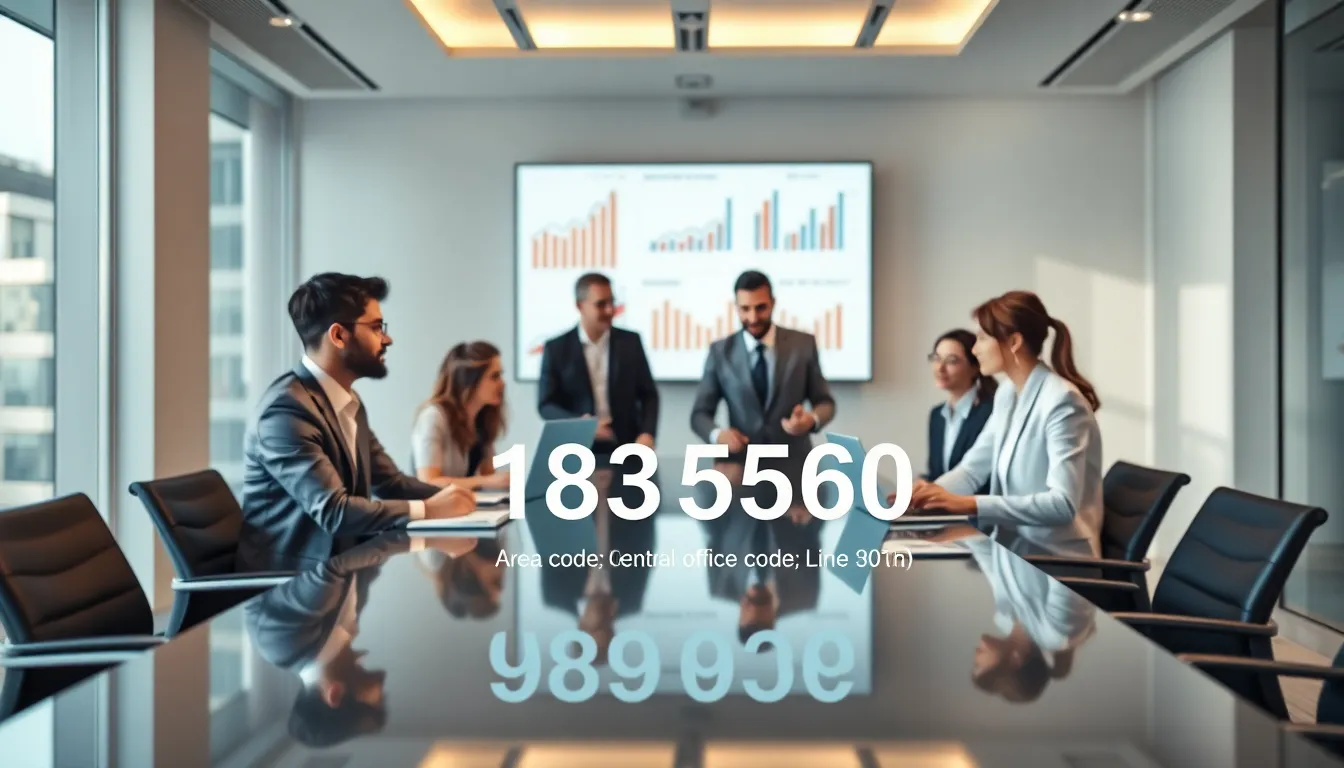Table of Contents
ToggleEver received a call from a number you didn’t recognize, like 7085126972, and felt that twinge of uncertainty? You’re not alone. Phone numbers are fascinating little strings of digits, yet they can stir up a cocktail of confusion and concern. From their structure to their uses, and misuses, understanding them can provide clarity in an increasingly digitized world. Stick around as we investigate into the significance of phone numbers and, more importantly, what to do when they come knocking at your door, or rather, your pocket.
Understanding the Significance of Phone Numbers

The Structure of Phone Numbers
Phone numbers might seem random, but they follow a structured format that varies by region. In the United States, they typically consist of 10 digits divided into three main parts: the area code, the central office code, and the line number. The area code, the first three digits, designates a specific geographic area. Next, the central office code identifies the local exchange within that area, while the last four digits pinpoint the individual line connected to that exchange. So, when one sees a number like 7085126972, they can quickly decipher information about the origin of the call.
How Phone Numbers Are Assigned
Phone numbers are assigned through a hierarchical system. The Federal Communications Commission (FCC) regulates these assignments in the U.S. The initial allocation goes to telecommunications companies, which distribute them to customers. This system ensures that numbers remain unique and available for various users. Interestingly, areas with higher population density or more extensive telecommunications infrastructure have more area codes and greater numbers of assignments, leading to diverse dialing experiences across the country.
Common Uses and Misuses of Phone Numbers
Privacy Concerns Associated with Phone Numbers
In a world where personal data is paramount, phone numbers can serve as a double-edged sword. On one side, they enable us to connect, while on the other, they expose us to privacy risks. Scammers often use phone numbers to access sensitive information or make unauthorized transactions. Users should be aware that their number can be a gateway to their personal lives, especially if it falls into the wrong hands.
How to Protect Your Phone Number
So, what can one do to maintain their privacy? Simple measures can go a long way. First, avoid sharing phone numbers on public platforms or with unverified sources. Consider using two-factor authentication that ties access to your phone without revealing the number to the world. Utilizing services that allow temporary numbers for specific tasks can also help in safeguarding the primary number.
Identifying Unknown Callers and Scams
Tools for Identifying Phone Numbers
When faced with a call from an unknown number like 7085126972, one mustn’t panic. Several tools and apps, such as Truecaller, Hiya, and Google’s Caller ID, can identify callers and determine whether they are legitimate or spam. These tools work by leveraging extensive databases of reported numbers, allowing users to make informed decisions before answering.
What to Do If You Receive Suspicious Calls
Responding to Unknown Callers
Encountering an unfamiliar number can be stressful. When receiving such calls, experts recommend letting unknown numbers go to voicemail. This approach not only provides time to evaluate the necessity of returning the call but also gives the caller a chance to explain their purpose. If they’re legitimate, they might leave a message. If it feels suspicious, it’s always best to err on the side of caution.
When to Report Harassment or Scams
Harassment or scams through phone calls shouldn’t be taken lightly. If someone continuously receives unsolicited calls that disrupt daily life, it is essential to report these incidents to the FCC or local authorities. Documentation, such as time, date, and the nature of calls, can aid in investigations and help protect others from similar experiences.








